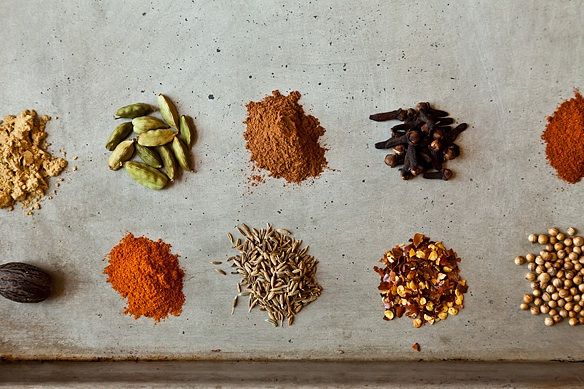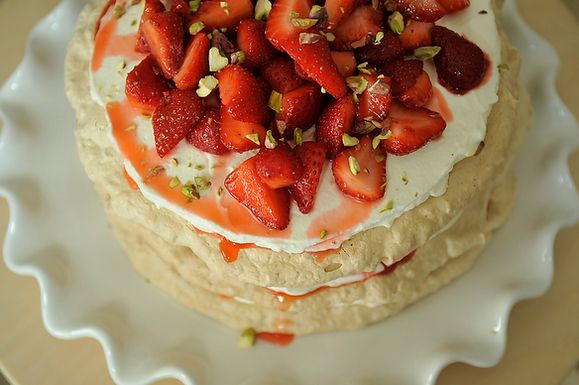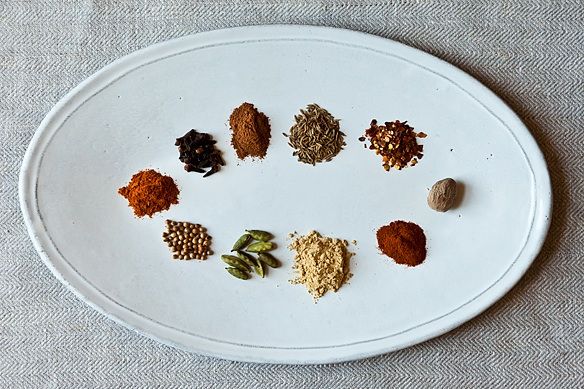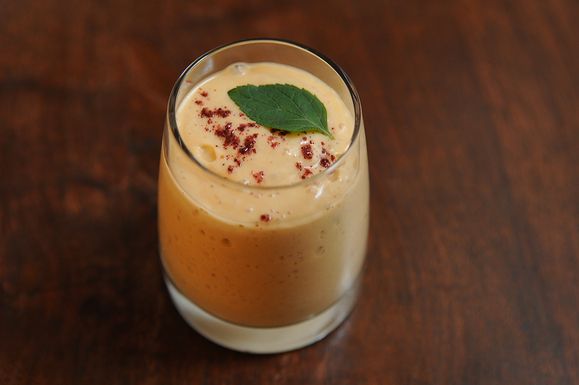Popular on Food52
Continue After Advertisement
5 Comments
Robin
March 22, 2014
Thank you for mentioning rose water and rose petals. Euell Gibbon had a recipe for rose petal jelly in one of his books (Stalking the Wild Asparagus or Healthful Herbs.) I made it for a classroom full of culinary students. Not all were open minded.
I'd like to think it grew on them.
What can you tell me about a spice mixture that is sold as a rub for shwarma (roasted lamb on a rotisserie?)
I'd like to think it grew on them.
What can you tell me about a spice mixture that is sold as a rub for shwarma (roasted lamb on a rotisserie?)
clintonhillbilly
June 21, 2013
Thank you Louisa. Would you write
an article about freekeh? I found it in an Armenian grocery store here on Los Angeles and have fallen in love with its smoky, chewy texture. Is it correct that freekeh is used in Persian cuisine?
an article about freekeh? I found it in an Armenian grocery store here on Los Angeles and have fallen in love with its smoky, chewy texture. Is it correct that freekeh is used in Persian cuisine?
Louisa S.
June 21, 2013
Hey clintonhillbilly, I tried so hard to include a freekeh recipe in my cookbook, it's such a delicious grain, but there wasn't space. I make it all the time - I throw it together with lentils and make a really hearty soup seasoned with sumac, turmeric, and cumin, and garlic. I haven't actually seen a Persain recipe that uses freekeh. I do know that it's used in Iraq, because of my friend Annia Ciezadlo's wonderful book, Day of Honey: http://www.anniaciezadlo.com/day-of-honey. She includes some great, authentic freekeh recipes, and also explains its ancient history in Iraqi cuisine.
Count M.
June 20, 2013
Thanks for this week's recipes and posts. I love Persian food since meeting (and eventually marrying) a Persian man. These ingredients are in some of my favorite dishes, like khoresht ghehmeh* (a tomatoey legume stew) and the lovely rice dishes. My favorite dish of my sister-in-law's in lubia polow (a tomato, green bean, and rice dish) and my favorite dish of my mother-in-law's is albalu polo, sour cherry rice. And I make a mean tah dig, the crunchy, salty rice from the bottom of the pot. Persian food strikes me as being very different from what my expectations were -- not at all spicy, but often tart instead. Oh, and the yogurt dishes, like mast-o-khiar and mast-o-musir are amazing. Just don't dry doogh. It's like a lassi, but gross and salty. =) Cheers, and I'm planning to buy the book.
*Please excuse the spelling throughout -- I've found that there are about 20 variations on any spelling of a Persian dish.
*Please excuse the spelling throughout -- I've found that there are about 20 variations on any spelling of a Persian dish.
Louisa S.
June 21, 2013
Yes, Persian food is surprising! Tart accents, tons of fruits and veggies, interesting textures like tahdig. Sounds like you've gotten to know all its quirks. Cheers to your tahdig! And yes, the translating of dishes can be absolutely confounding at times! Thanks, so glad you're enjoying this week's posts and recipes.






See what other Food52 readers are saying.